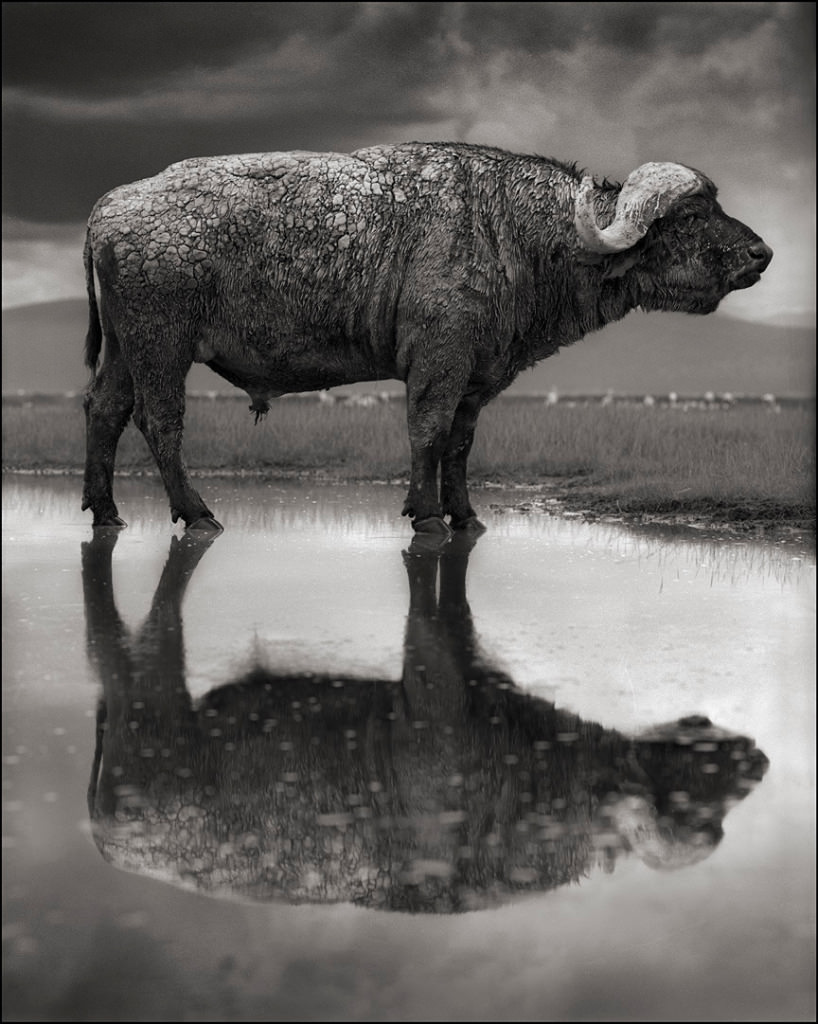

“When I saw those creatures for the first time alongside the lake, I was completely blown away,” says Brandt. Brandt later found out that the famous lake turns them into stones. What he thought was a perfect scenery for wildlife shots turned out to be a grave for animals. In 2011, photographer Nick Brandt traveled to the eastern region of Africa and took a detour to Lake Natron in Tanzania. The Truth Behind Tanzania’s Lake Natron, the Lake That Petrifies Animals Reanimated, alive again in death.Mystery lurks around Lake Natron, the lake that preys on bats, flamingos, and even buffaloes of enormous size. Petrified and dead, the animals look like statues guarding the lake. “I took these creatures as I found them on the shoreline, and then placed them in ‘living’ positions, bringing them back to ‘life’, as it were. The soda and salt causes the creatures to calcify, perfectly preserved, as they dry.” The water has an extremely high soda and salt content, so high that it would strip the ink off my Kodak film boxes within a few seconds. No-one knows for certain exactly how they die, but it appears that the extreme reflective nature of the lake’s surface confuses them, and like birds crashing into plate glass windows, they crash into the lake. “I unexpectedly found the creatures – all manner of birds and bats – washed up along the shoreline of Lake Natron in Northern Tanzania. Photographer Nick Brandt, discovered this phenomenon in Tanzania, featuring his finds in a new collection of photographs of east African animals, Across the Ravaged Land. As new salt islands form within the lake, flamingos flock to the area to mate and snack on fish and algae. But as the photographs reveal, even flamingos die and come to rest in this watery grave, calcifying within the lake’s shallow waters. Only the Alkaline tilapia, an extremophile fish, and bacteria are adapted to survive in such a harsh, poisonous environment. Although Lake Natron may seem completely inhospitable to birds, it is a nesting hotspot for the lesser flamingo. When an animal dies and falls in the lake, the high concentration of salt inhibits complete decay and begins to crystalize on the remains, protecting them from further decomposition.

Created by a mixture of hydrous sodium carbonate and baking soda (sodium bicarbonate), it results from volcanic ash that accumulated from the Great Rift Valley.

This extremely basic pH level deters decomposition and in turn helps preserve remains.īut why? Well, the lake gets its name from natron, a natural salt compound commonly used by ancient Egyptians in their preservation and embalming process. Temperatures in the lake can reach 60 ☌ (140 ☏), with an alkalinity between pH 9 and pH 10.5.


 0 kommentar(er)
0 kommentar(er)
